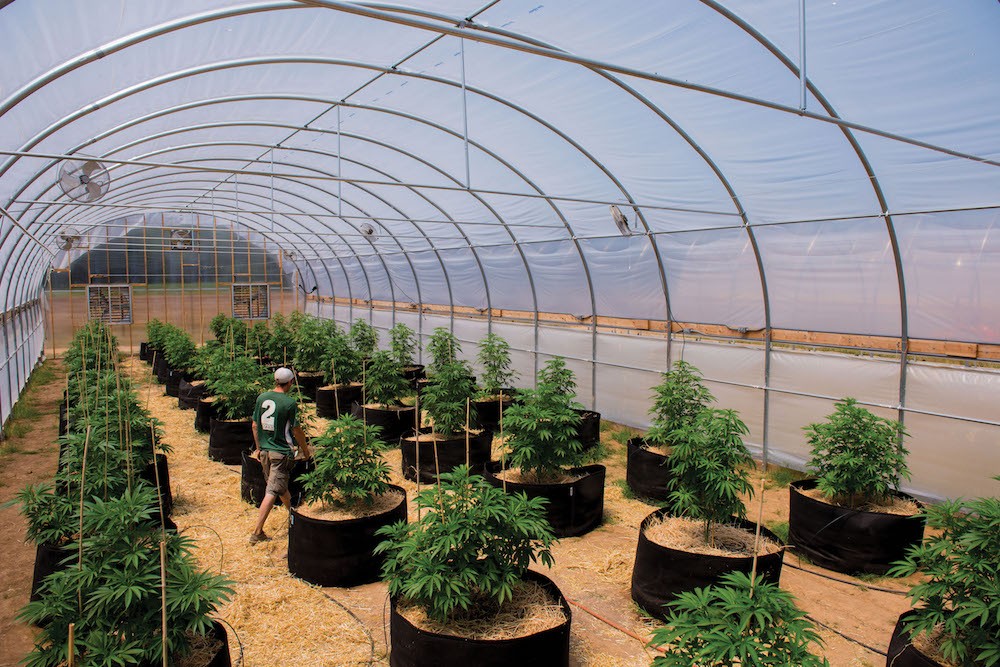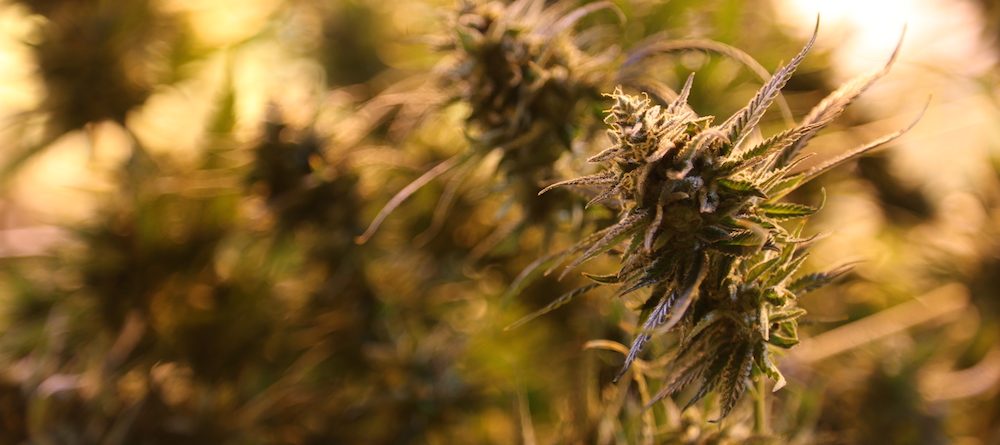The hippie dream has become a regulatory quagmire in California. As growers prepare to produce recreational bud on a large scale, the state and its local municipalities are still trying to figure out exactly how the market will be regulated. This has left many current growers concerned as to whether their established business model will comply with new regulations and has hampered participation in the state’s licensing program.
California will begin to issue licenses on January 1st, and while the date is fast approaching there are more questions than answers.
Prior to Proposition 64 the Department of Public Health, the Department of Food and Agriculture’s CalCannabis Cultivation licensing program and the Department of Consumer Affairs Bureau of Cannabis control – yes, three government bureaucracies – had drafted regulations regarding the Medical Cannabis Regulation and Safety Act of 2015. This pertained solely to the cultivation of medical marijuana, as initially the plan was to have a separate act and set of regulations that dealt with the cultivation of recreational bud.
In June this idea was scrapped when the Medicinal and Adult-Use Cannabis Regulation and Safety Act was passed. This negated the initial plan and created one regulatory system that would deal with both medicinal and recreational marijuana.

While this is an idea that makes some sense, it was different from the primary plan and created confusion toward the state’s regulatory future. On September 29th, the state announced that they would withdraw the proposed medical regulations that were drafted for the Medical Cannabis Regulation and Safety Act of 2015. Currently, the three departments responsible for creating the industry’s regulations are drafting emergency regulations, which are expected to be published at some point in November.
Even prior to the regulatory uncertainty many growers had stated that they would not join the state’s cannabis industry, at least in any legal sense. They had already been turned off by the states’ vast amounts of paperwork, associated fees and taxes, and by not joining the system, rogue growers are able to sell across state lines, boosting sales opportunities. This combined with the relatively light penalties has led to some growers believing they are better off producing illegal cannabis.
It’s important to note that even those outside of the cannabis industry are reluctant to deal with the state on any business level, and it will be interesting to see if the state works towards creating an environment where businesses, be it cannabis or not, can thrive. The emergency regulations will reveal a lot about how California views their cannabis businesses.
With the confusing state of California’s developing cannabis industry, current growers are worried about the longevity of their current business model, while future growers are unsure about starting a grow op within California state lines. It’s impossible to know exactly how development will impact growers, but the ability to create a thriving operation for years to come is absolutely possible in the current situation, and to ensure a lucrative future, growers will have to join the system by getting the appropriate license, stay up to date on the political climate – both on the state and local level – and make sound growing decisions that are environmentally friendly and safe for consumers.

No matter what happens some growers won’t join the system. In fact, the words “join the system” would make them cringe. But unfortunately, besides being the only legal way to grow, acquiring the proper licensing is essential to creating a healthy state that can significantly contribute to the local economy.
A few months ago the New York Times had an estimate that California was producing seven times more cannabis than it was consuming. In an industry that restricts sales over state lines, this is a potentially alarming statistic, but upon close look, it shouldn’t prevent growers from joining the system.
Much of the bud being produced is sold on the black market, so it makes its way out of the state. It isn’t produced for Californians to begin with, and a lot of it ends up far beyond state lines on the East Coast where it’s more valuable.
In reality there is a very real possibility that there will be a shortage of legal pot, and this is because of a lack of growers applying for licenses. A good example of this is Mendocino County, which is home to thousands of growers. Of these growers, the county has only received approximately 700 applications.
The lack of applications and potential for shortage has in turn created an incentive to become a legal grower. Getting to market early in California is not only going to be beneficial for branding, but growers that are first to market will be able to capitalize on the increased demand that will accompany a legal shortage. Profits may never be better than in the first few months of recreational cannabis sales.

Joining the system should be obvious to any grower looking to make it big in the industry, but to navigate the current ambiguous state, growers will have to make sure they know where the state is on their emergency regulations and more importantly where their local government stands.
There are already a number of municipalities opting to not participate in the cannabis industry. Besides this, some may allow for cultivation, but no processing and vice versa. There are also cities that have restricted outdoor growing, but are permitting indoor operations. With so much variance from town to town, it is imperative that growers understand their local laws, and above all else do not open a grow op where it is or potentially could be outlawed.
One thing that is for sure is that the state will stress the importance of environmentally friendly practices that produce products that are safe for consumers. This, combined with locations that restrict outdoor growing, has made a lot of growers consider greenhouse production, and in California particularly it could be a great option. A greenhouse allows growers to benefit from the environmental control that indoor growers have, but they can also cut down on a lot of the energy-consuming equipment. Instead of running incredibly expensive lighting, greenhouse growers can utilize the sun’s natural light, not only meeting potential energy regulations, but also cutting down on monthly expenses. Because of this, it is possible that greenhouse production will be the only way to harvest high-quality bud, while still meeting stiff energy grid regulations.
A greenhouse also allows growers to easily create a closed operation that doesn’t harm the surrounding environment. A greenhouse outfitted with hydroponics practically eliminates the possibility of runoff, while allowing growers to significantly reduce their water consumption. Creating an operation that isn’t detrimental to the surrounding environment currently is and will be essential, as the authorities have already shown a propensity to target and shut down marijuana operations that are polluting their surroundings.
Is California’s current regulatory state as ambivalent as the ending to Twin Peaks? No, probably not. While it isn’t established, growers can still predict what it will look like and make decisions now that will allow them to be successful in the future. By acquiring the proper licensing, staying on top of legal developments and designing an operation that is environmentally friendly, growers can align themselves with what the industry will look like in the near future and get a head start on their competition.
Christopher Machnich is a digital marketing manager for GrowSpan Greenhouse Structures. He is a cannabis industry enthusiast that loves reading and providing content for the many industry publications. His points of interest are greenhouse and hydroponic production, as well as the cultural and economic impact of cannabis legislation.










